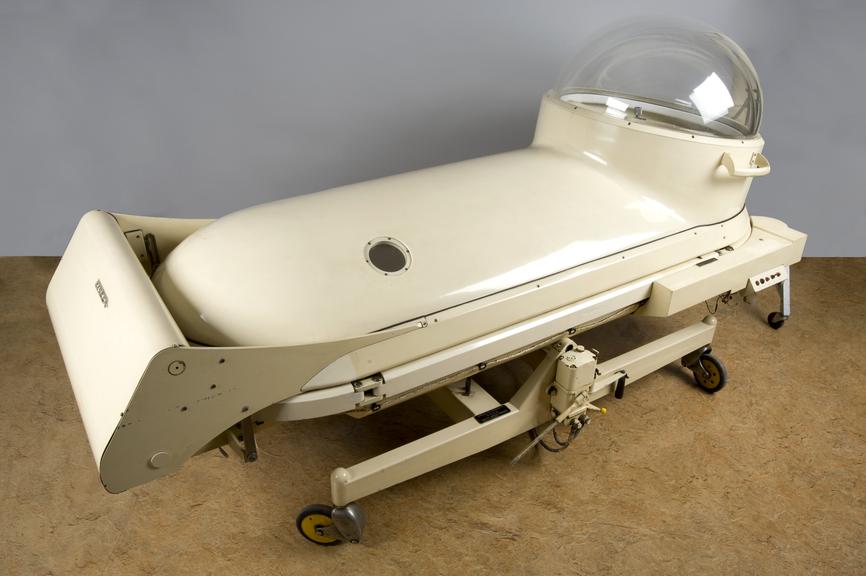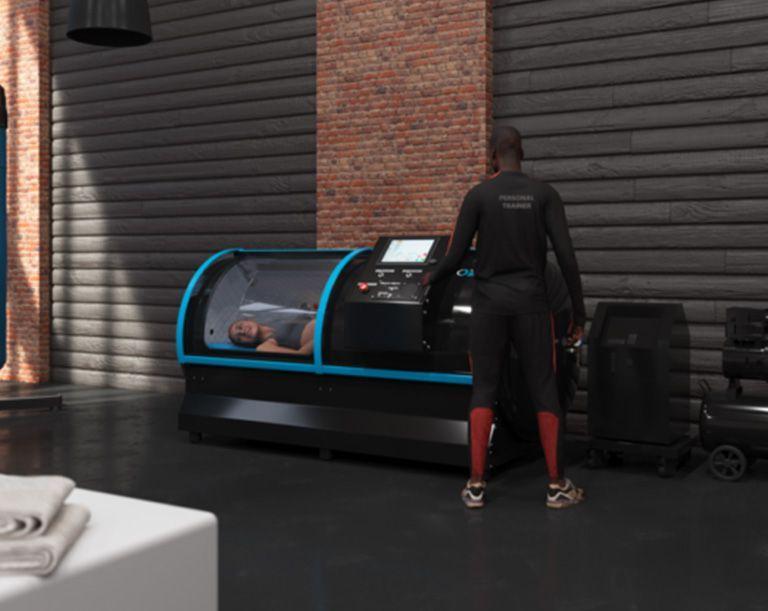Hyperbaric oxygen therapy (HBOT) has a fascinating history that spans several centuries dating back to 1662, marked by evolving understandings of pressure and the role of oxygen in healing, a Robert Boyle proved the theory set out before him with a range of experiments and trials that were published in 1662. Hyperbaric medicine can be traced back to the mid 1600s, but the therapeutic applications of pressurized oxygen really began in the 19th and 20th centuries.
17th to 19th Century: Pioneering Observations
The concept of using pressurized air for therapeutic purposes dates back to the 17th century when member of the Royal Society, British clergyman and scientist, Thomas Henshaw, designed a sealed chamber and observed its potential healing effects. This was after his friend and fellow Society member Robert Boyle had proven the gas laws that showed under pressure you could force more air into the body thereby allowing the body to absorb more air to aid healing and health. However, the lack of a comprehensive understanding of gas laws as well as Oxygen only being discovered in 1774 hindered further progress during this period.

HBOT
20th Century: Early adoption of Hyperbaric Medicine
The major turning point for hyperbaric medicine came during World War I. Dr. Orville Cunningham, an American surgeon, utilized hyperbaric oxygen to treat decompression sickness in deep-sea divers. This marked the first significant application of hyperbaric therapy in a medical context and was taken on by both the US and UK Navy to use to treat sailors thereafter.
During the 1930s, hyperbaric chambers gained popularity in the treatment of various medical conditions. Dr. Edgar End, a German physician, used hyperbaric oxygen to treat infections and introduced the concept of hyperbaric medicine as we know it today. Meanwhile, an American physiologist, Dr. John H. Lawrence, explored the therapeutic effects of increased oxygen levels under pressure.
1950s: Hyperbaric Oxygen Therapy for Carbon Monoxide Poisoning
The 1950s saw the establishment of hyperbaric oxygen therapy as a recognized medical treatment. Dr. Churchill-Davidson and Dr. Ian Boag in the United Kingdom successfully used hyperbaric oxygen to treat carbon monoxide poisoning. This breakthrough led to the widespread adoption of hyperbaric chambers for various medical conditions.
1960s-1980s: Further Refinement and Research
Research during this period expanded the applications of hyperbaric oxygen therapy. In the 1960s, Dr. Edward P. Kindwall and Dr. Richard L. Bradley made significant contributions to understanding the physiological effects of hyperbaric oxygen. Dr Kindwall was known as the father of Hyperbaric oxygen therapy popularising it in US and was a leader in setting the standards for Hyperbaric medicine in the US. The therapy gained acceptance for treating conditions such as chronic non-healing wounds, radiation injuries, and certain infections.
1990s-2000s: Hyperbaric Oxygen Therapy in Mainstream Medicine
The 1990s and early 2000s witnessed a huge surge in the integration of hyperbaric oxygen therapy into mainstream medicine across, Europe and the USA. It became an established treatment for conditions like diabetic foot ulcers, crush injuries, and soft tissue infections. Several advances in technology led to the development of more sophisticated hyperbaric chambers, making the treatment safer and more accessible. Soft style chambers that were portable and cheaper to buy that run at lower pressure came into making and started a new wave of trials using lower pressure treatments but being done more regularly.
Recent Developments: Expanding Applications
In recent years, research has explored novel applications of hyperbaric oxygen therapy. Studies suggest benefits in neurological conditions such as traumatic brain injury, stroke, and neurodegenerative disorders. The therapy continues to evolve, with ongoing research investigating its role in enhancing tissue repair, reducing inflammation, and improving overall patient outcomes.
As well as new conditions to be treated by HBOT, there have also been innovations in the chambers themselves moving from heavy, expensive metal chambers for multi person use to soft chambers that go to lower pressures but are much more able to be moved easily and being of single person occupancy allowing for home use and treatment thereby widening the appeal of HBOT.
Conclusion
Hyperbaric oxygen therapy has come a long way from its beginnings in Ireland in the 17th century to becoming a recognized and valuable medical treatment in the 21st century. Its journey reflects the perseverance of researchers, physicians, and innovators who have continuously expanded our understanding of pressure and oxygen’s healing potential. As technology advances and research progresses, the applications of hyperbaric oxygen therapy are likely to expand further, offering new hope for patients with a variety of medical conditions.






